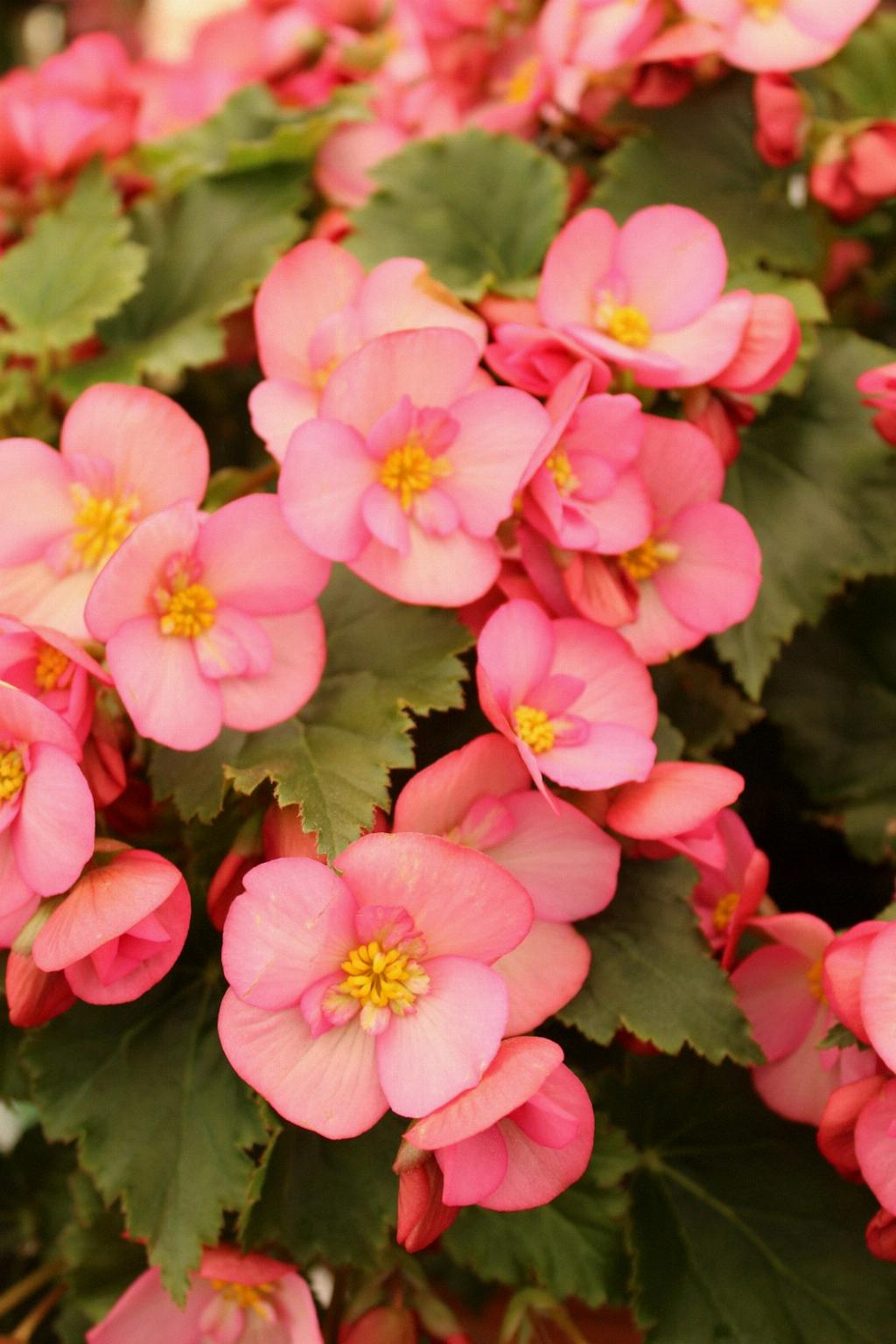When it comes to caring for begonias, finding the right balance of water is key to their overall health and growth. These beautiful plants thrive in soil that is kept consistently moist, but not waterlogged. It’s crucial to strike a balance to ensure optimal conditions for your begonias.
One important factor to consider is the frequency of watering. Begonias typically require watering every two to four days, depending on environmental factors such as temperature and humidity. During hot and dry periods, you may need to water more frequently to prevent the soil from drying out completely.
It’s crucial to observe your begonias regularly to gauge their watering needs. Check the moisture level of the soil by inserting your finger about an inch into the soil. If it feels dry to the touch, it’s time to water your begonias. However, if the soil still retains moisture, hold off on watering to avoid oversaturation.
While begonias prefer consistently moist soil, it’s essential to avoid waterlogging. Excess water around the roots can lead to rot and other issues that may harm your plants. To prevent waterlogging, ensure that the pots have proper drainage holes to allow excess water to escape.
Another factor to keep in mind is the type of begonia you are growing. Some varieties may have specific watering requirements based on their natural habitat and growth patterns. Researching the specific needs of your begonia cultivar can provide valuable insights into its watering preferences.
During the growing season, begonias are actively growing and flowering, leading to an increased need for water. Be attentive to signs of wilting or drooping leaves, as these may indicate that your begonias are not receiving adequate water. Adjust your watering frequency accordingly to meet their needs.
When watering your begonias, aim to water the soil directly at the base of the plant to ensure that the roots receive the moisture they need. Avoid overhead watering, as this can lead to issues such as leaf spot and fungal diseases. Directing water to the root zone promotes healthy growth.
Consider using a watering can with a narrow spout or a drip irrigation system to deliver water precisely where it’s needed. This targeted approach can help prevent water wastage and ensure that your begonias receive adequate hydration without excess runoff.
In addition to regular watering, mulching the soil around your begonias can help retain moisture and reduce the frequency of watering. Organic mulches such as compost or shredded leaves can regulate soil temperature and moisture levels, creating a conducive growing environment for your plants.
As temperatures fluctuate throughout the year, adjust your watering schedule accordingly to accommodate the changing needs of your begonias. During cooler seasons or periods of rain, you may need to scale back on watering to prevent waterlogged soil and potential root issues.
Overall, the key to successfully watering begonias lies in maintaining a delicate balance of moisture in the soil. By understanding the needs of your plants, observing them closely, and adjusting your watering routine as needed, you can ensure that your begonias thrive and flourish in their growing environment.

